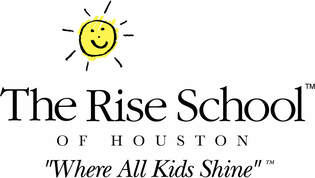STEAM PROGRAM
(Science, Technology, Engineering, Arts, and Math)
Children demonstrate a readiness and desire to engage in STEAM learning from a very young age. And so, just as with language and literacy, Rise’s educators recognize STEAM education should start early in order to maximize its benefits and effectiveness. Thus, Rise’s Director of Education and Curriculum developed a STEAM program that uses building, robotics, art, and outdoor classroom activities to introduce students to basic STEAM concepts. The school-wide and yearlong program culminates in a 2-week science course that touches on all STEAM disciplines. Rise’s STEAM curriculum allows students a hands-on experience and provides opportunities for them to problem solve, ask questions, and explore. STEAM activities also help to promote their fine motor skills and communication. The skills Rise students develop when learning STEAM help to make them better problem-solvers and learners.
In introducing STEAM to young children, Rise educators focus on exploration, play, and building curiosity about the natural world and the way things work. In the classrooms, teachers use daily routines to build on skills and concepts in math and science. The teachers develop students STEAM skills through play and exploration using reading, singing, playing (including art and construction projects), and signing. In doing so, the teachers help students learn to count, develop spatial relationship skills, and learn about shapes and patterns.
When participating in STEAM activities, Rise students show great eagerness and curiosity as learners. The students use their five senses and communicate their observations with teachers and peers. The majority of the 4-6 year olds can identify colors and shapes, sort by color, shape, and/or size, and recognize patterns. They also develop basic investigative skills and demonstrate inquisitive minds.
In introducing STEAM to young children, Rise educators focus on exploration, play, and building curiosity about the natural world and the way things work. In the classrooms, teachers use daily routines to build on skills and concepts in math and science. The teachers develop students STEAM skills through play and exploration using reading, singing, playing (including art and construction projects), and signing. In doing so, the teachers help students learn to count, develop spatial relationship skills, and learn about shapes and patterns.
When participating in STEAM activities, Rise students show great eagerness and curiosity as learners. The students use their five senses and communicate their observations with teachers and peers. The majority of the 4-6 year olds can identify colors and shapes, sort by color, shape, and/or size, and recognize patterns. They also develop basic investigative skills and demonstrate inquisitive minds.
|
|
The Rise School of Houston is a not-for-profit 501(c)(3) charitable organization.


